As a longtime admirer of Buckminster Fuller, the noted architect, inventor, and futurist, I was excited to recently find this selection of photos at an antique store. The photos depict the U.S. Military erecting a wooden geodesic dome, the structure made famous by Buckminster Fuller. Based on the servicemen's shoulder patches, they look to be members of the Eighth United States Army, likely placing the location of the photos in South Korea. From Wikipedia:
“Fuller taught at Black Mountain College in North Carolina during the summers of 1948 and 1949, serving as its Summer Institute director in 1949. There, with the support of a group of professors and students, he began reinventing a project that would make him famous: the geodesic dome. Although the geodesic dome had been created some 30 years earlier by Dr. Walther Bauersfeld, Fuller was awarded United States patents. He is credited for popularizing this type of structure.
One of his early models was first constructed in 1945 at Bennington College in Vermont, where he lectured often. In 1949, he erected his first geodesic dome building that could sustain its own weight with no practical limits. It was 4.3 meters (14 feet) in diameter and constructed of aluminium aircraft tubing and a vinyl-plastic skin, in the form of an icosahedron. To prove his design, Fuller suspended from the structure’s framework several students who had helped him build it. The U.S. government recognized the importance of his work, and employed his firm Geodesics, Inc. in Raleigh, North Carolina to make small domes for the Marines. Within a few years, there were thousands such domes around the world.”
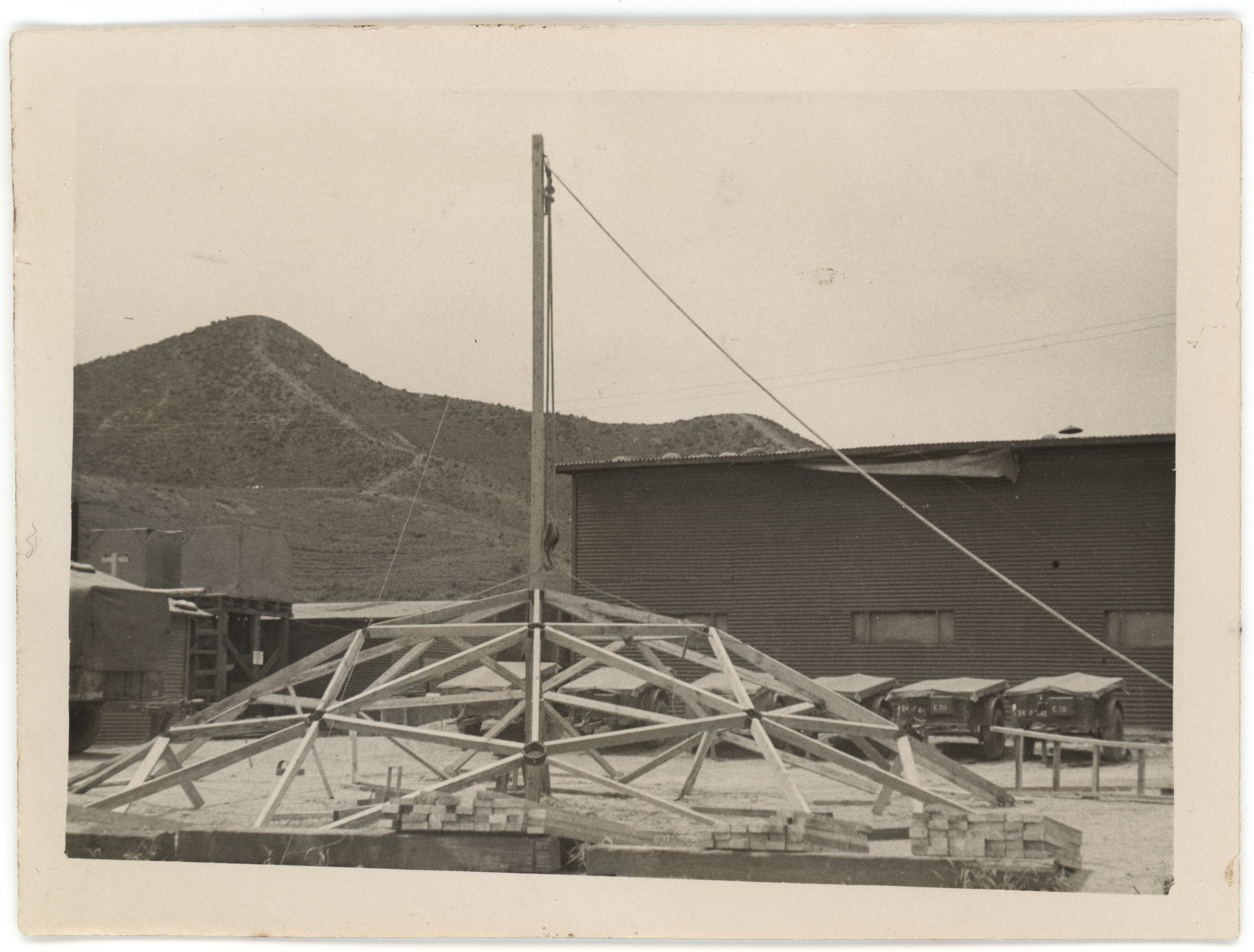
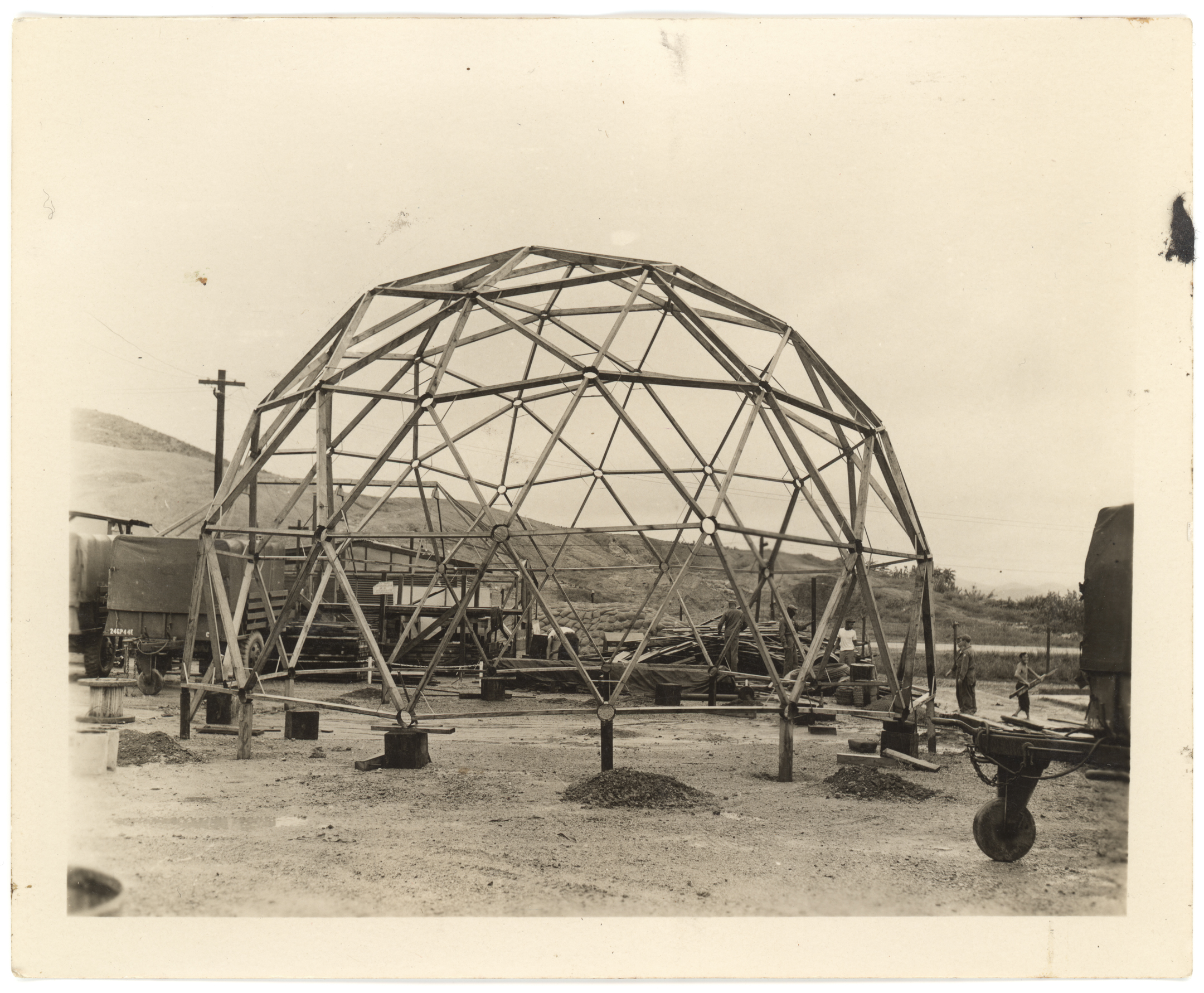

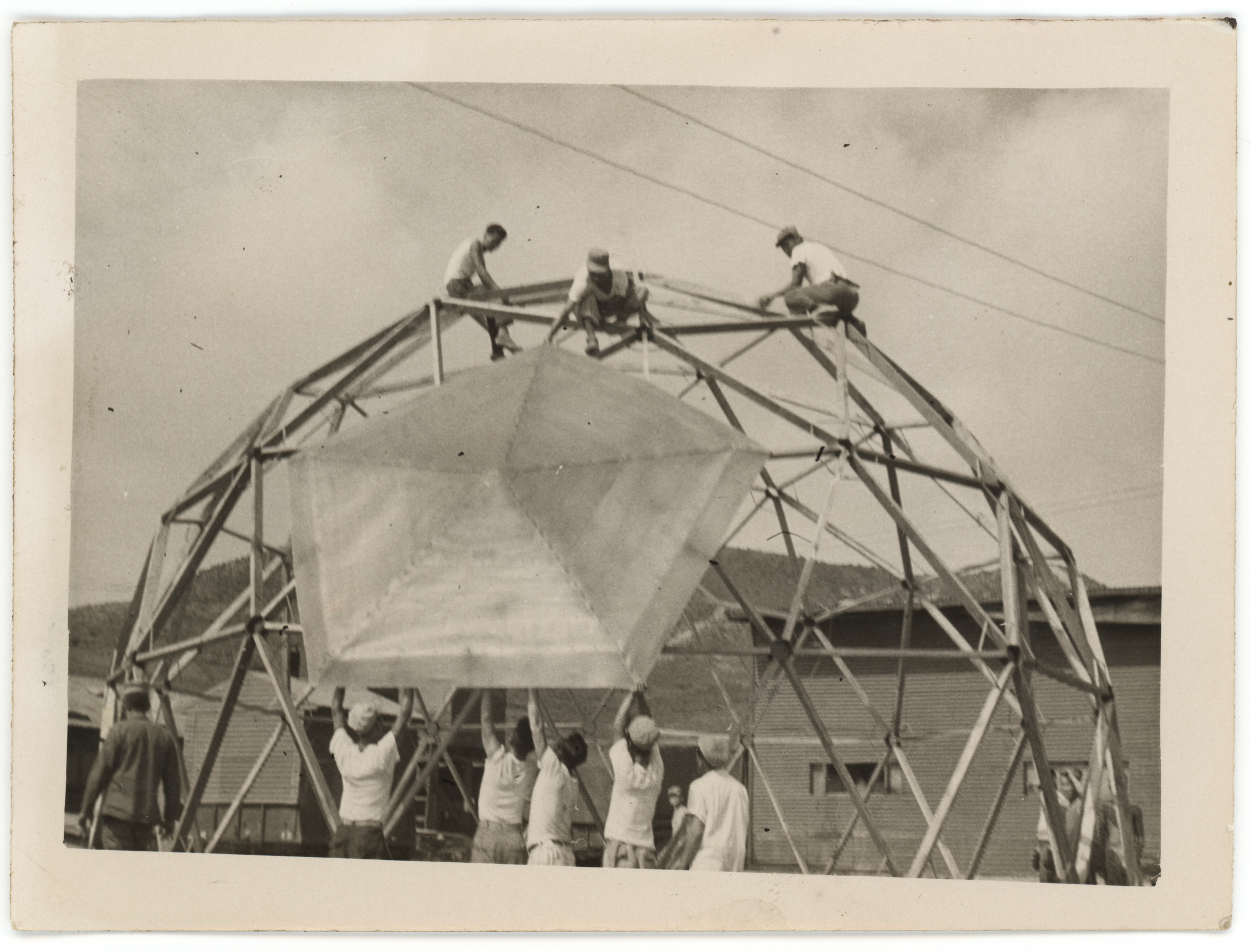
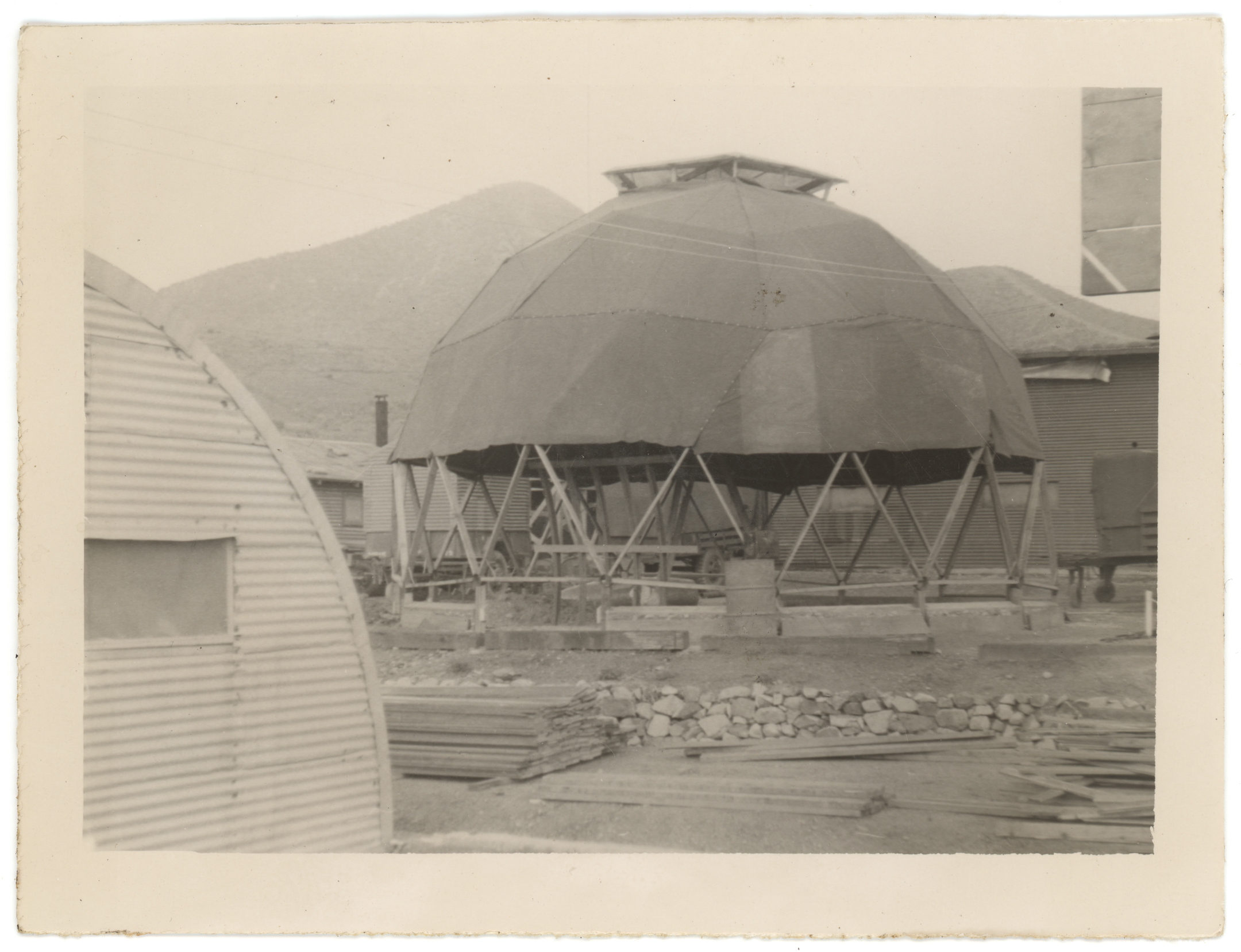
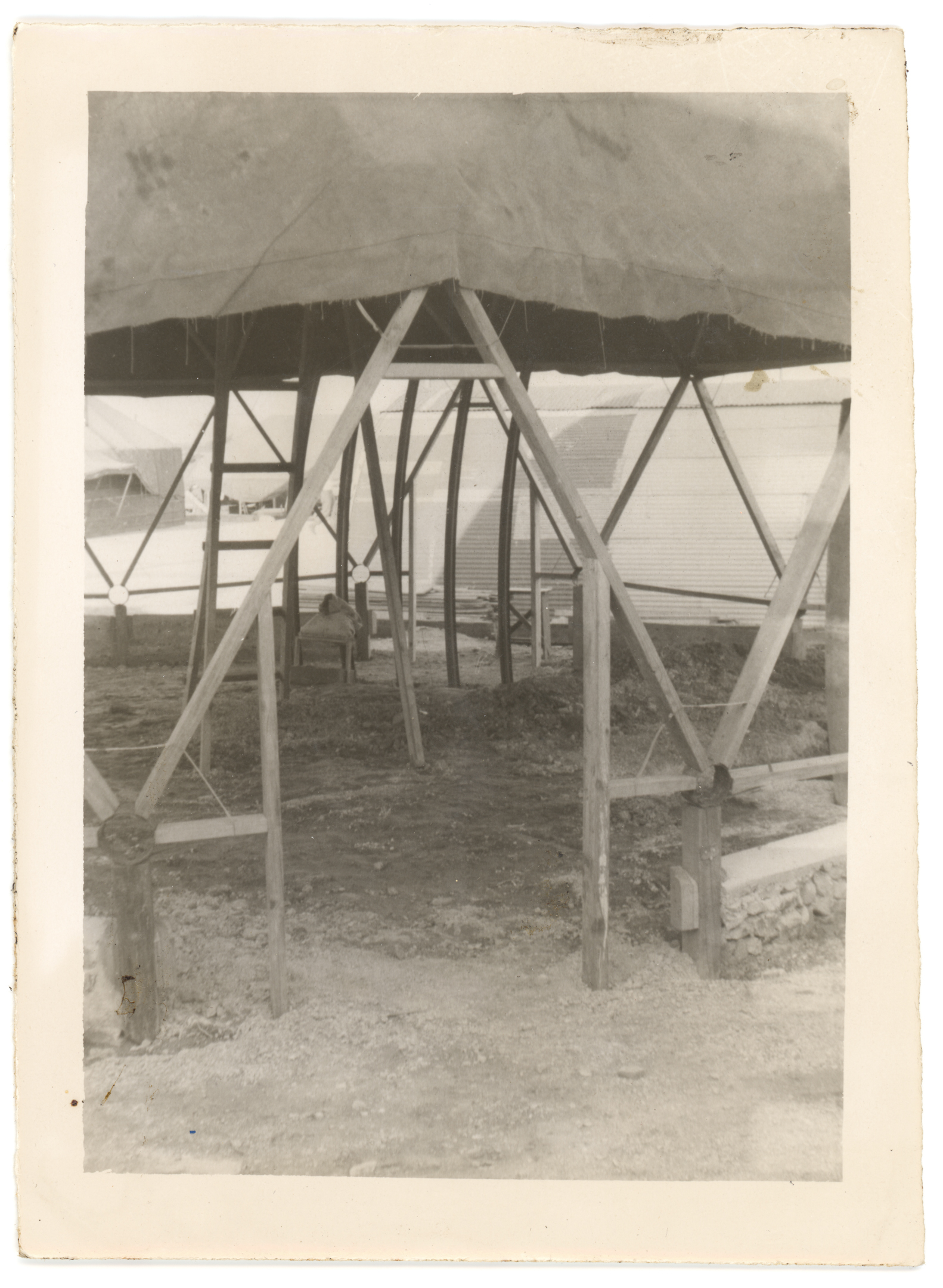
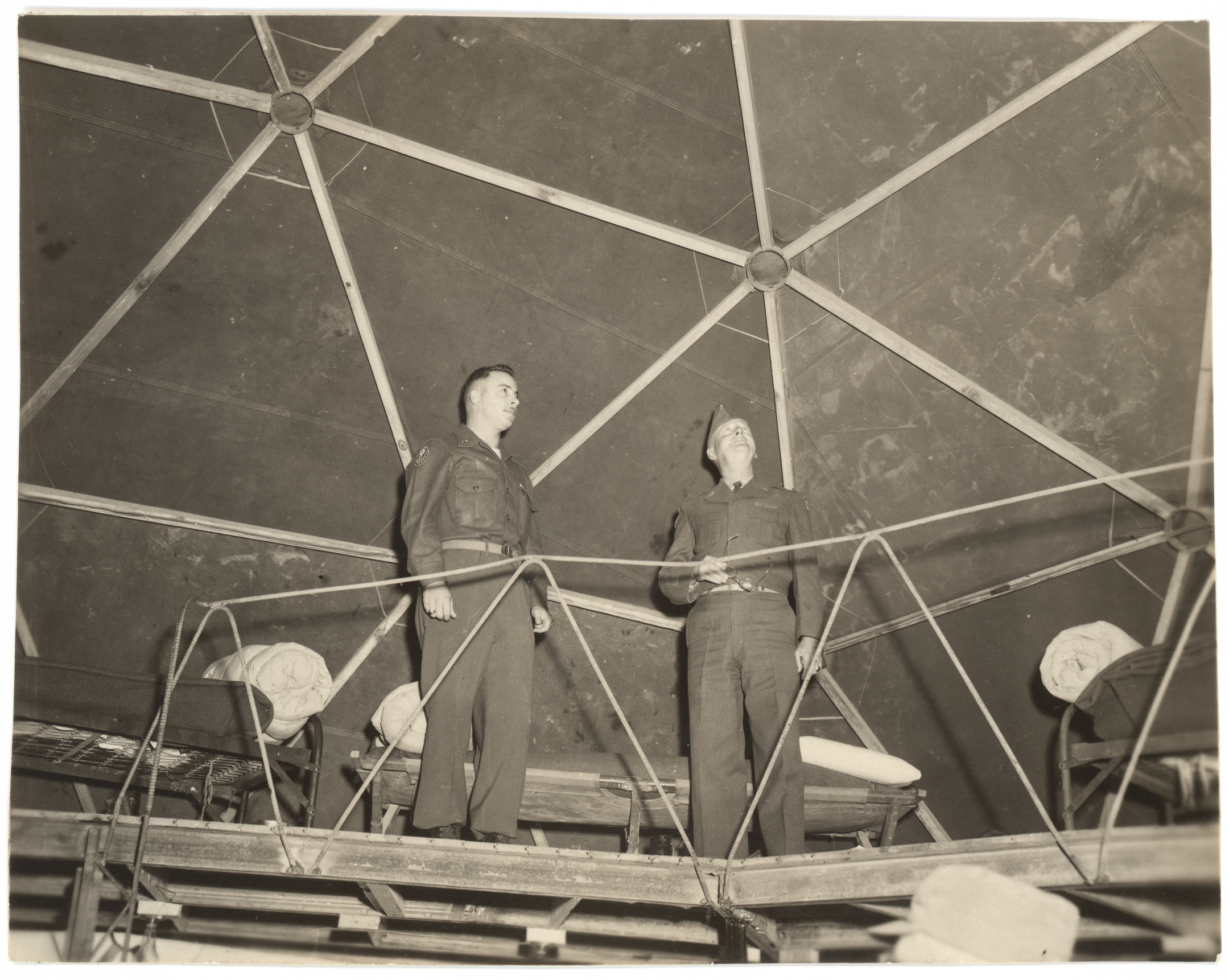

“Fuller is perhaps best known as the inventor of the Geodesic Dome, the lightest, strongest, most cost-effective structure ever devised. There are now over 300,000 domes in the world, some of them the centerpieces of major world exhibits: Epcot Center at Disney World in Florida (housing the exhibit called “Spaceship Earth”); the U. S. Pavilion at the 1967 Montreal World’s Fair; the largest clear-span structure in the world that covers Howard Hughes’ Spruce Goose in Long Beach Harbor.
Adopted by the U.S. Marine Corps as “the first basic improvement in mobile military shelter in 2,600 years” geodesic domes are used as “radomes” to house delicate radar equipment in the Arctic, withstanding 180 mph winds.”
